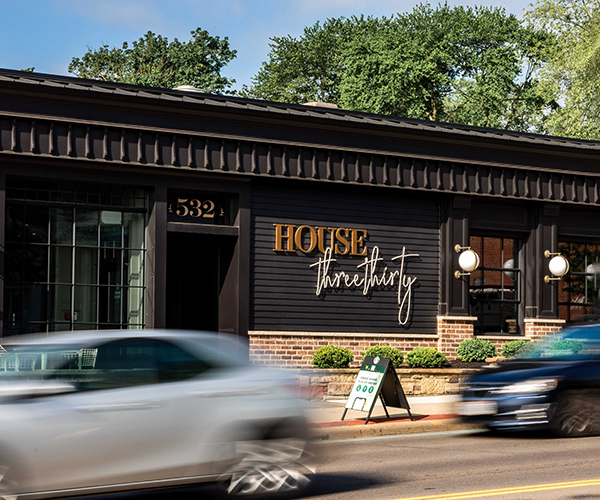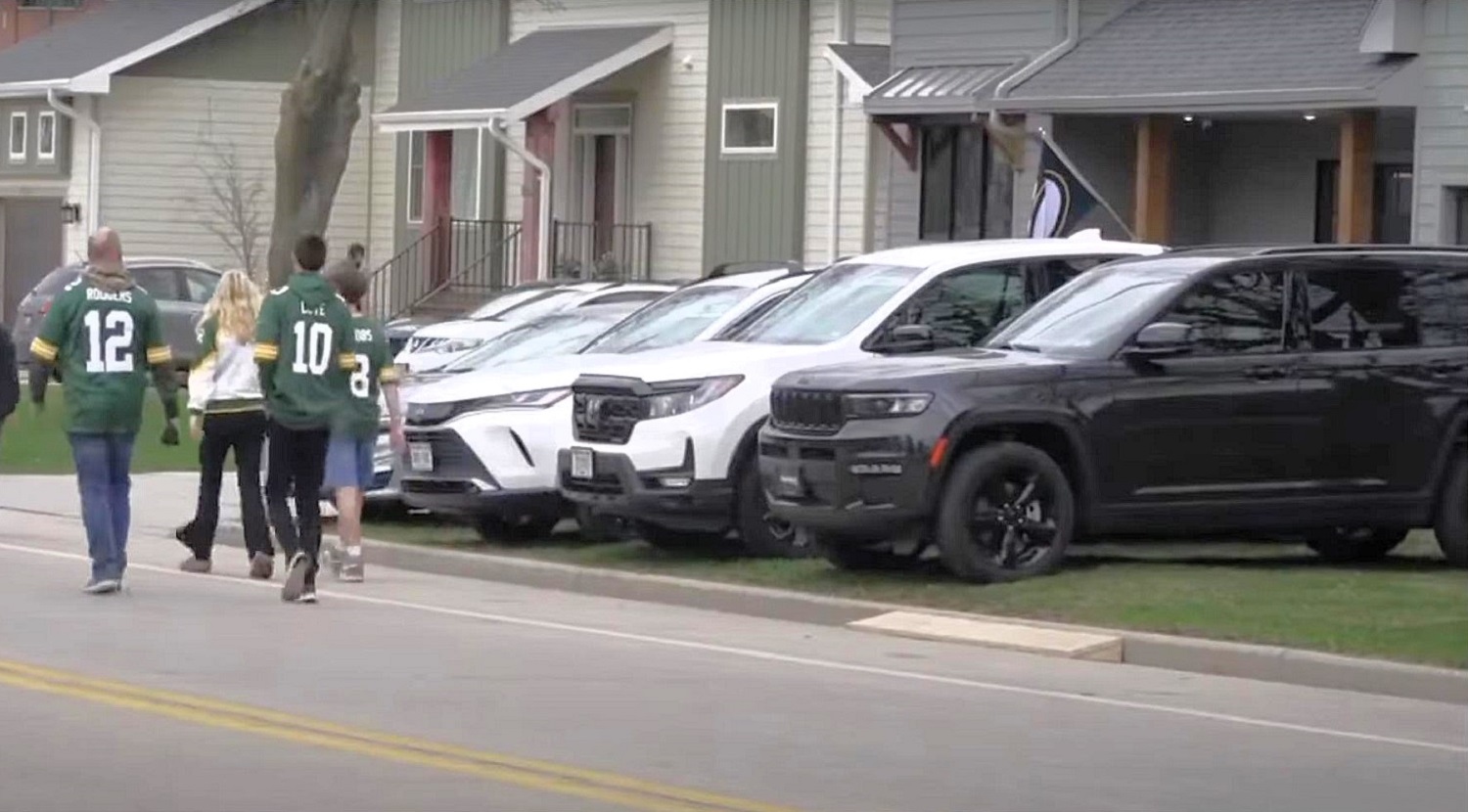Iconic Cleveland: The History Behind the Browns Helmet Design
by Jim Vickers | Jul. 17, 2009 | 4:00 AM

Courtesy Erik Drost via Flickr
“It’s a thrilling moment,” Modell told a public relations staffer who was penning an article for the pages of Browns News/Illustrated. “When that first orange helmet pops onto the field, a chill goes up my spine.”
His words may seem hollow to you now, with all that’s gone on since. Except deep down, you believe them. Because you’ve felt this way, too. You still do.
That helmet, as orange as a late-October pumpkin with a fat white and brown racing stripe rolling across it, is part of all of us in one way or another. For some, it was emblazoned on the winter stocking caps and coats of their youth. For others, it’s shorthand for a galloping Jim Brown or a scrambling Bernie Kosar. The helmet means so much to so many because for 58 years, it has remained wonderfully unadorned and unchanged.
Of course, there were experiments along the way that sullied the helmet’s clean orange canvas. From 1957 through ’60, the team put each player’s number on the side, a touch that is periodically — but thankfully rarely — revived for the sake of nostalgia. (It only serves to remind us why it was a bad idea in the first place.)
The Browns also once had a dalliance with an actual logo. A stylized “CB” decal showed up on helmets during training camp in 1964, but the players promptly peeled them off. There was no reason for it. A logo would have provided a marketing image, but the team’s signature was its legacy as a winner — one that was built while wearing plain orange helmets.
While teams such as the New England Patriots, Tampa Bay Buccaneers and Denver Broncos have all been forced to trade their old, dated team logos for new, digitized versions (that will also end up looking dated, given enough time), the Browns helmet is an unwavering constant. Orange never goes out of style.
It’s too bad Art Modell didn’t recognize that we felt the same way about his team as he did on those crisp Sunday afternoons. He never even realized the team’s colors and traditions were ours before they were ever his — a fact he learned when he pulled the ultimate version of taking his ball and going home. (He became the owner of a football team that dresses in the black and purple colors of a bruise and is named after a bird representing death.)
Yet keeping the Browns’ colors and history here is the win we fans never consider while tabulating the sports pain we’ve endured. It was the opposite of the disappointment we expect. It’s the victory in which we should always revel.
The start of this season will be the Browns’ 11th since returning from NFL exile, and there is an anniversary looming — one that explains the hold this team has over the city. Dec. 27, 2009, will mark the 45th anniversary of the Browns 1964 NFL championship — and Cleveland’s last sports title. Victory came in a lopsided 27-0 win over the Baltimore Colts.
Jim Brown rushed 1,446 yards that championship season and will always be the face of that ’64 Browns team. He is our current-reigning, last champion. It’s a mantle all of us want to see him pass on, perhaps to a young man from Akron. When you catch a glimpse of Brown sitting courtside watching LeBron, you wonder if he’s thinking the same thing.
The next time someone asks why the Cleveland Browns still mean so much to this city, point them to the footage of Jim Brown tearing through defenders — inevitable, unstoppable, unbelievable. We’ve been chasing that feeling ever since.
Only then will they understand why, until we’re convinced otherwise (and that day may be coming), football is our game, fall is our season, and orange is our color.
Trending
-
1
-
2
-
3
-
4
-
5










